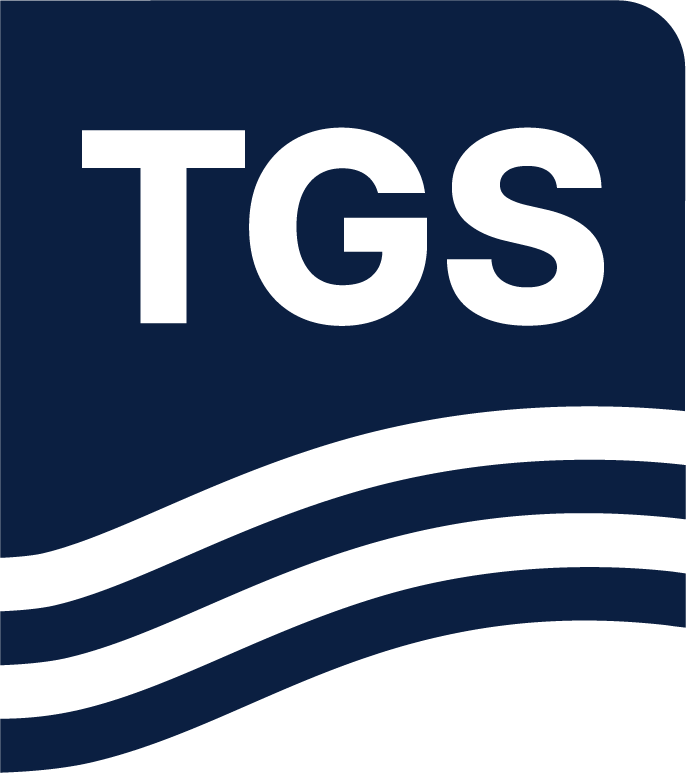First Published: GEO ExPro - Exploration Opportunities, August 2025, by Andrey Bogachev and Clay Westbrook, TGS
Abstract
The Gulf of America (GOA) remains a vital hub for U.S. energy security, contributing over 15 % of the nation’s oil production. Yet, the region’s potential is far from fully tapped, particularly as exploration shifts into the geologically complex salt provinces of the Western GOA. To unlock these opportunities, the industry is leveraging new seismic technologies that push imaging from the seafloor to the basement, illuminating structures once hidden beneath thick salt and deepwater sediments.

Amendment 4 and Amendment E-DMFWI, 1 and 2 (in partnership with SLB).
Sharper imaging, smarter exploration
Since 2019, long-offset Ocean Bottom Node (OBN) technology has become a cornerstone for advanced imaging in the GOA, providing clearer views of subsurface structures that help reduce drilling risks and improve prospect evaluation. Recent Amendment surveys by TGS and SLB demonstrate the power of pairing long-offset OBN with next-generation processing techniques, delivering cleaner images that enhance structural interpretation and stratigraphic mapping.
Elastic Dynamic Matching Full Waveform Inversion (E-DMFWI) Derived Reflectivity (FDR) further sharpens this lens, addressing illumination challenges beneath salt canopies while improving reflector continuity and the clarity of salt-sediment interfaces. These advances are critical for identifying and de-risking salt-related traps and improving the predictability of reservoir presence, quality, and continuity.
Read the full article here.

